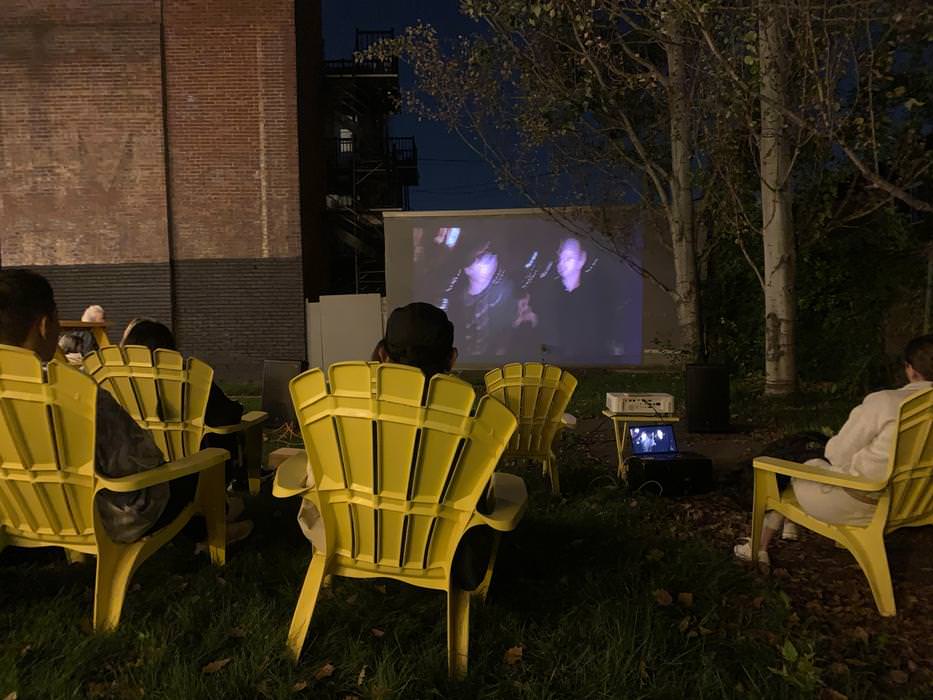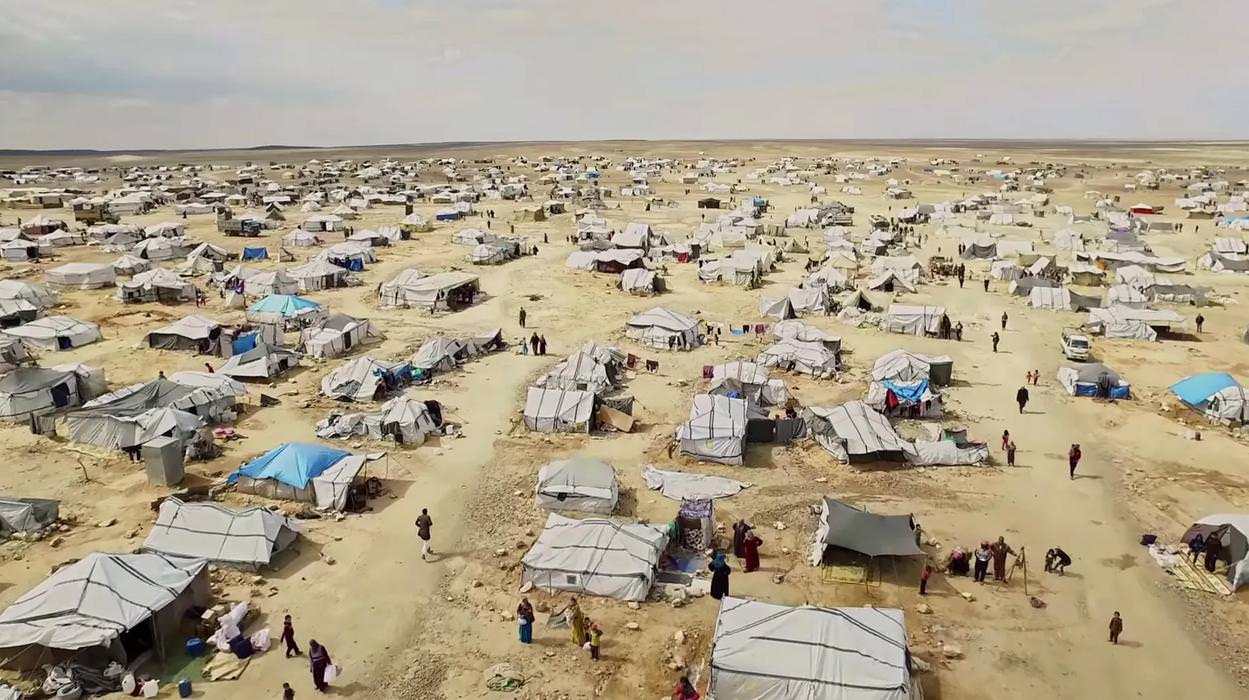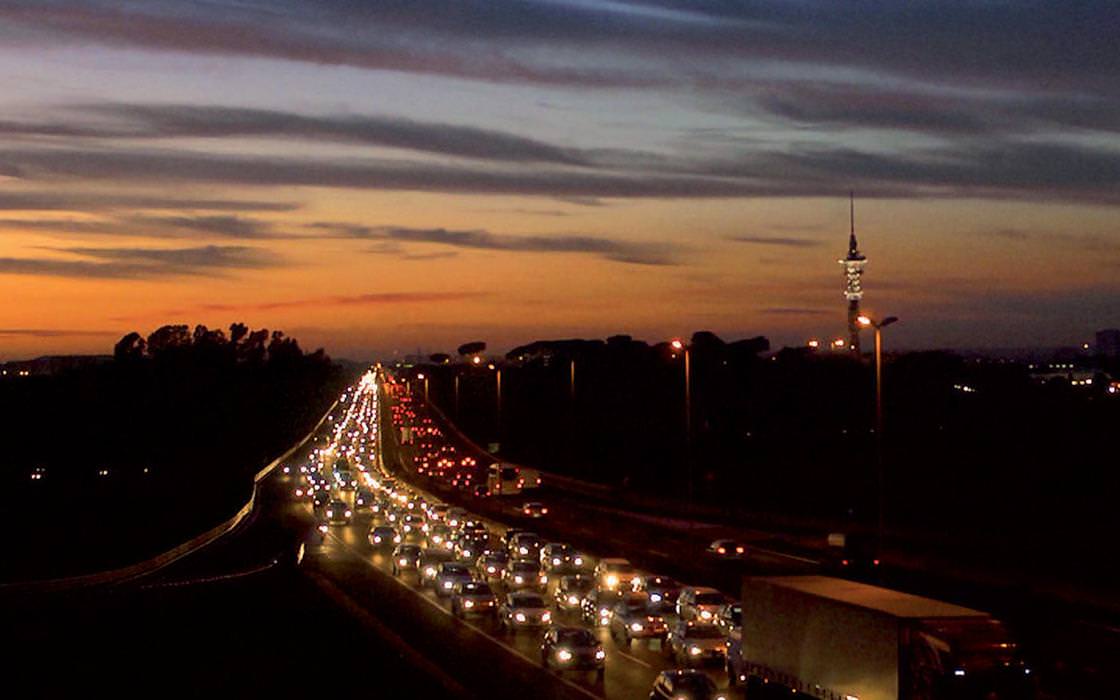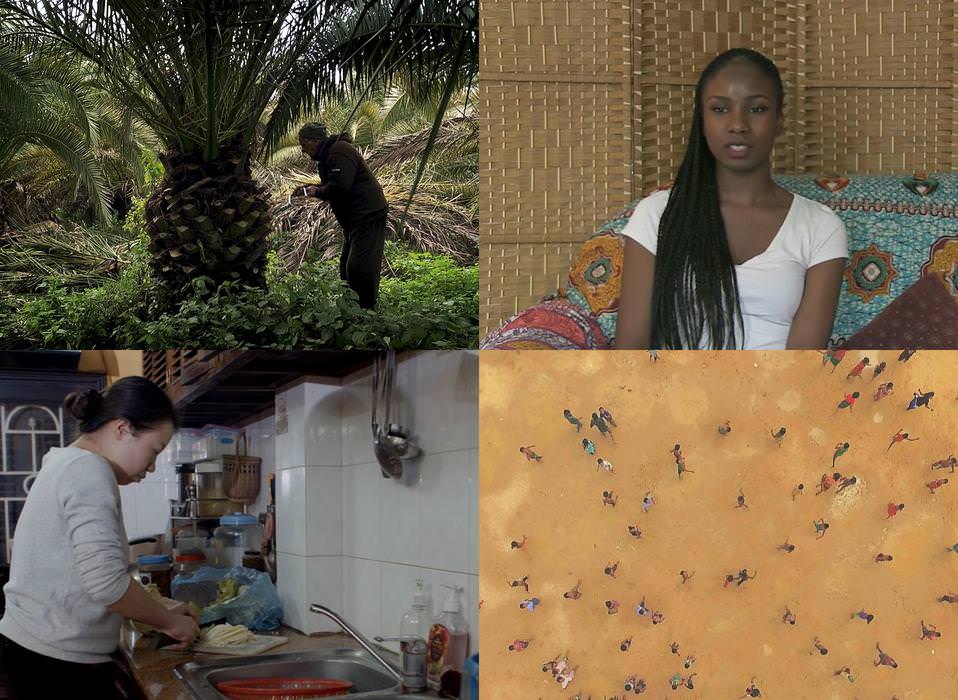Programming
Unjust Geographies
Outdoor urban cinema
Documentary series that explores unjust hierarchies, forms of inequality or simply how citizens around the world experience the negative effects of an unjust society.
The series of documentaries Unjust Geographies organized by DARE-DARE and Alice Covatta, architect and assistant professor at the Faculty of Planning at UdeM, explores unjust hierarchies, forms of inequality, or simply how citizens experience the negative effects of an unjust society around the world. Each session will feature a guest speaker.
Unjust Geographies is part of the DARE-DARE: Nomadic, Modular and Transitory Artists-run Centre partnership, funded by the Social Sciences and Humanities Research Council of Canada. DARE-DARE and Alice Covatta of the School of Architecture at UdeM are partnering with the objective of mutually creating a decision-making guide and conceptualization tool for the architectural program of DARE-DARE.
Through a year-long partnership, DARE-DARE: Nomadic, Modular and Transitory Artist-run Centre will give students the opportunity to gain knowledge about the social dynamics emerging from the Montreal metropolis. These researchers will be challenged to rethink spatial strategies for the design of a new art center that addresses social, political, environmental, economic and urban issues. They will be trained in the challenges of partnership research. Through this, this research program aims to define and articulate methodological tools to evaluate innovative urban and architectural strategies for a nomadic artist-run center and will provide relevant solutions for the new DARE-DARE headquarters. This guide will take the form of an inventory of international architectural projects in order to identify innovative, economical, modular, adapted and eco-responsible solutions for a nomadic artist-run center positioned in a transitional pavilion architecture.
September 7 ➜ with Denis Valiquette
Co-writer of the documentary
À Saint Henri le 26 août | collective, 2011 | 1h25 min. | original version with English subtitles
Shot in 24 hours, À St-Henri, le 26 août brings together some of Quebec's most brilliant documentary filmmakers around this former working-class neighborhood of Montreal. In a direct cinema style, on the lookout for the stories that make up the thickness of a day in the daily life of the neighborhood, this film follows trajectories that rub shoulders or cross paths while remaining opaque to each other. In 2010, Saint-Henri offers us a microcosm that wonderfully reflects how time and change are inscribed in an urban space that has remained deeply rooted in its vibrant industrial past.
September 14 ➜ with Célia Bensiali
Knowledge mobilization coordinator
4 CLIPS TRYSPACES
TRYSPACES is an active research partnership since 2017 led by Julie-Anne Boudreau. This multidisciplinary partnership brings together interdisciplinary researchers and students, multimedia artists, social workers, urban professionals and adolescents and young adults from Mexico City, Montreal, Paris and Hanoi. TRYSPACES explores the relationship between the presence of youth in public spaces and the way they experience this visibility.
Making our Place ⎟ 10 min.
This documentary was produced as part of the TRYSPACES partnership research project with the Canada Research Chair in Sustainable Urbanization in the Global South. The video documentary Making our Place, produced by Danielle Labbé in collaboration with the NGO HealthBridge and the Vietnamese Women's Museum, explores the relationship of young rural migrant women to urban public spaces in Hanoi and the relationships these marginalized young women have to society and to the spaces of the Vietnamese city.
Projet Pop-part : Un aperçu ⎟ 22 min.
Young people from ten working-class neighborhoods in the Île-de-France region share their vision of their neighborhoods in a context of metropolization. This video is a preview of a few vignettes made by the youth out of a hundred produced as part of the project in 2018.
TRYMexico: Si mis dedos tocan los tuyos ⎟ 26 min.
This short film was made as part of the Tryspaces 4Cities festival. The characters that speak and appear here are fictional, but the situations, projects and people they talk about are real. All the cases that are mentioned in this film represent what Tryspaces Mexico is all about. It seeks to explore the way young people relate to public spaces, the transgressive activities they practice in public space and the regulation that often results from these transgressions.
Admire ma peau noire ⎟ 35 min.
Working class neighborhoods, family, sexuality, the veil, culture, mobility, education, role models... young racialized women from the Paris region confide their perceptions on their multiple identities.
November 22 ➜ with Nicola Di Croce
Sacro GRA, Gianfranco Rosi, 2013 | 1h33 min. | Italian Version - English Subtitles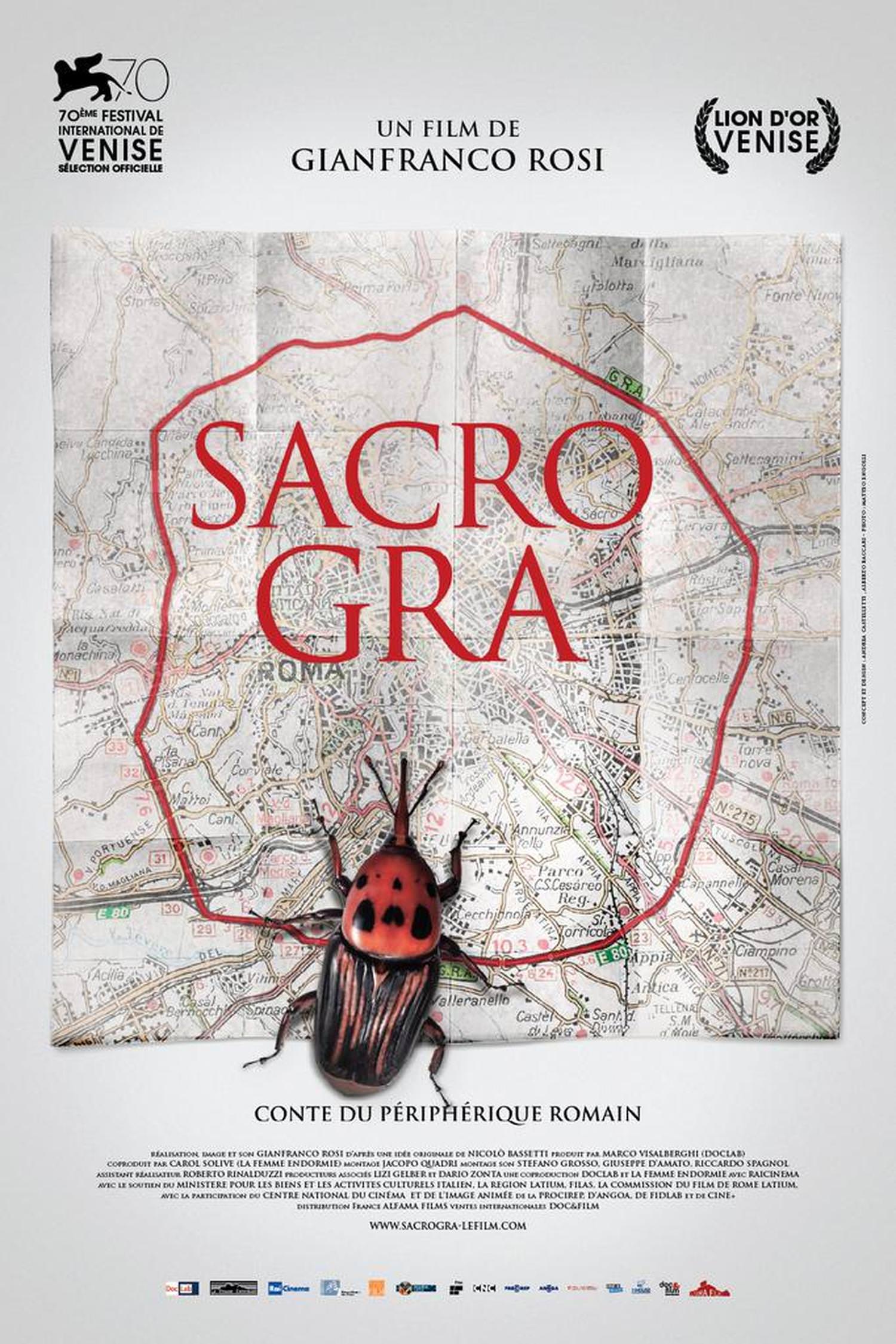
Gianfranco Rosi spent two years ensconced near the Grande Raccordo Anulare, or GRA, the major freeway that circles around Rome. From there he zoomed in on the invisible city to make this collection of warmhearted and sometimes humorous portraits—of an ambulance driver looking after his ailing mother, a scientist who studies palm trees, an eel fisherman who longs for traditions, aging prostitutes in a camper, and a cigar-smoking nobleman who does gymnastics on the roof of his castle.
Rosi gives a face to these people, while the drivers on the freeway speed past obliviously. He uses a laid-back but ingenious approach to highlight everyday lives lived in the shadow of progress. In so doing, he exposes the contradictions of the city. The film was partly inspired by Italo Calvino’s 1972 novel Invisible Cities. In 2013, Sacro GRA became the first documentary to win the Golden Lion for Best Film at the Venice Film Festival.
December 6 ➜ with Irena Latek
Human Flow, Ai Weiwei, 2017 | 2h20 min. | English Version - French Subtitles
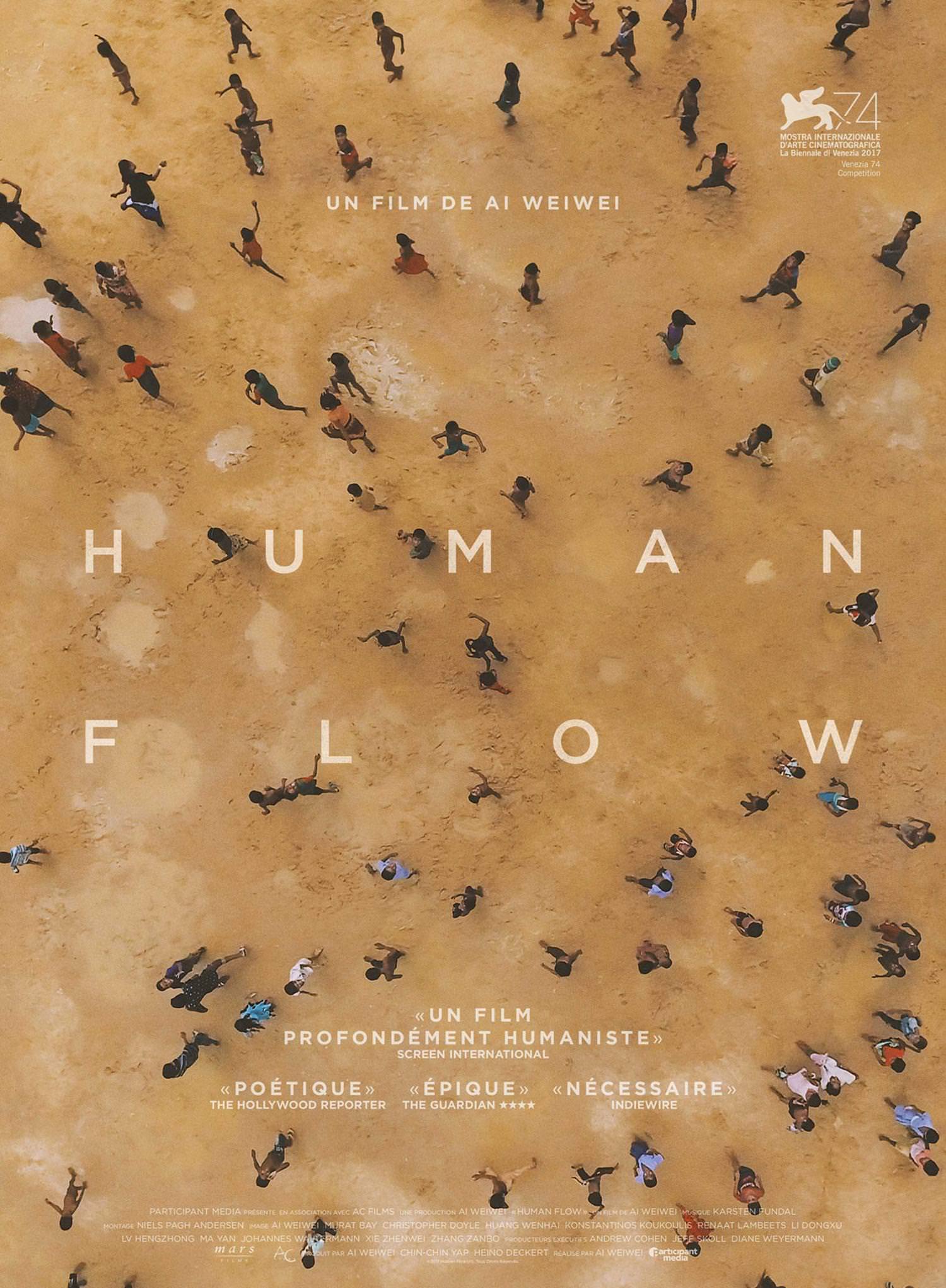
Over 65 million people around the world have been forced from their homes to escape famine, climate change and war in the greatest human displacement since World War II. Human Flow, an epic film journey led by the internationally renowned artist Ai Weiwei, gives a powerful visual expression to this massive human migration. The documentary elucidates both the staggering scale of the refugee crisis and its profoundly personal human impact.
Captured over the course of an eventful year in 23 countries, the film follows a chain of urgent human stories that stretches across the globe in countries including Afghanistan, Bangladesh, France, Greece, Germany, Iraq, Israel, Italy, Kenya, Mexico, and Turkey. Human Flow is a witness to its subjects and their desperate search for safety, shelter, and justice: from teeming refugee camps to perilous ocean crossings to barbed-wire borders; from dislocation and disillusionment to courage, endurance, and adaptation; from the haunting lure of lives left behind to the unknown potential of the future.
DARE-DARE would like to thank the National Film Board of Canada, Diane Hétu and TRYSPACE.
